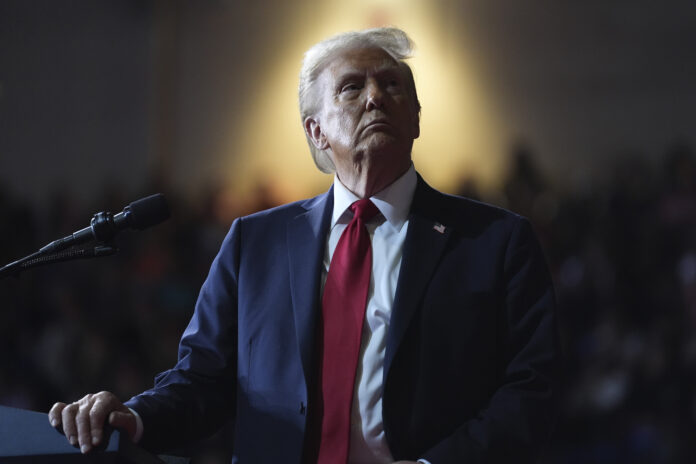President-elect Donald Trump has set bold goals for his next term, including tariffs on imports, mass deportations, tax cuts, and deregulation. While the specifics and timing of these policies remain uncertain, here’s a look at their potential impact on the U.S. economy.
Tax Cuts: Boosting Business?
Investors reacted positively to Trump’s election win, with a stock market surge fueled by expectations of tax cuts. Trump plans to extend key elements of the 2017 tax cuts set to expire next year, alongside proposed reductions in corporate taxes. He has also suggested exempting tipped income and Social Security benefits from federal taxes. The scale of these cuts could depend on Republican control in Congress, but extending individual tax cuts seems probable. Economists at Wells Fargo predict some growth acceleration in 2026 and 2027 if tax cuts are implemented.
Tariffs: A Double-Edged Sword
While tax cuts could boost the economy, Trump’s proposed tariffs may counteract some of that growth. Plans include a 10%-20% tariff on all imports, with steeper rates on Chinese goods. Analysts project that a 10% tariff could raise inflation by 0.8% next year and strain U.S. manufacturers. Trump argues that tariffs will incentivize American companies to bring production back home, but experts suggest high U.S. labor costs may limit this effect.
Government Debt: Growing Deficit Worries
Although tariffs would generate some government revenue, Trump’s economic strategy, including tax cuts, is expected to increase the federal deficit by an estimated $7.75 trillion over the next decade. Bond markets reacted swiftly, with yields rising and mortgage rates likely to follow suit.
Immigration: Impact on the Workforce
Trump has called for mass deportations of undocumented immigrants and potential restrictions on legal immigration, which could dramatically reduce migration. Analysts at Brookings and other think tanks predict this could constrain the labor market, particularly as baby boomers retire. Wells Fargo economists warn that while there may be justifications for these policies, they could drive up labor costs and slow economic growth.
The Federal Reserve: Changes in the Pipeline
With inflation cooling, the Federal Reserve has begun easing interest rates. However, Trump’s policies may create new inflationary pressures, prompting the Fed to adopt a cautious approach. Trump could soon have the chance to replace Fed Chair Jerome Powell and other key figures, sparking speculation about potential shifts in monetary policy. While the Fed’s independence is traditionally protected, Trump’s history of pressuring the central bank could lead to political shifts in its operations.
Trump’s ambitious plans could transform the economic landscape, but their ultimate effects may depend on Congressional dynamics, global markets, and the Federal Reserve’s response.



